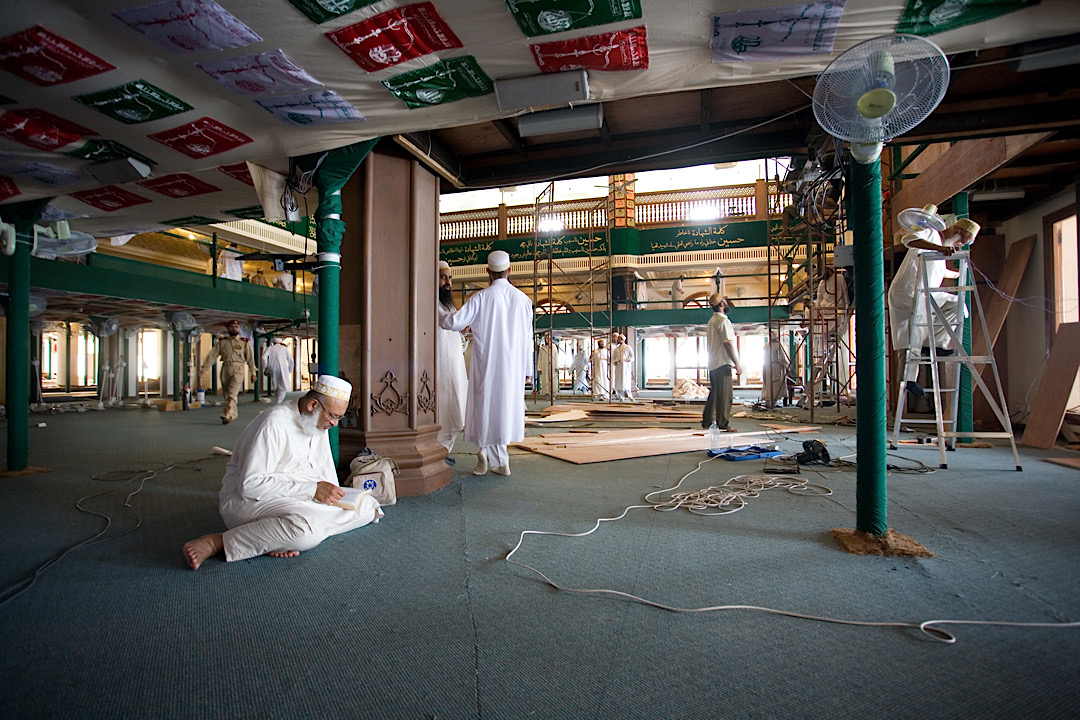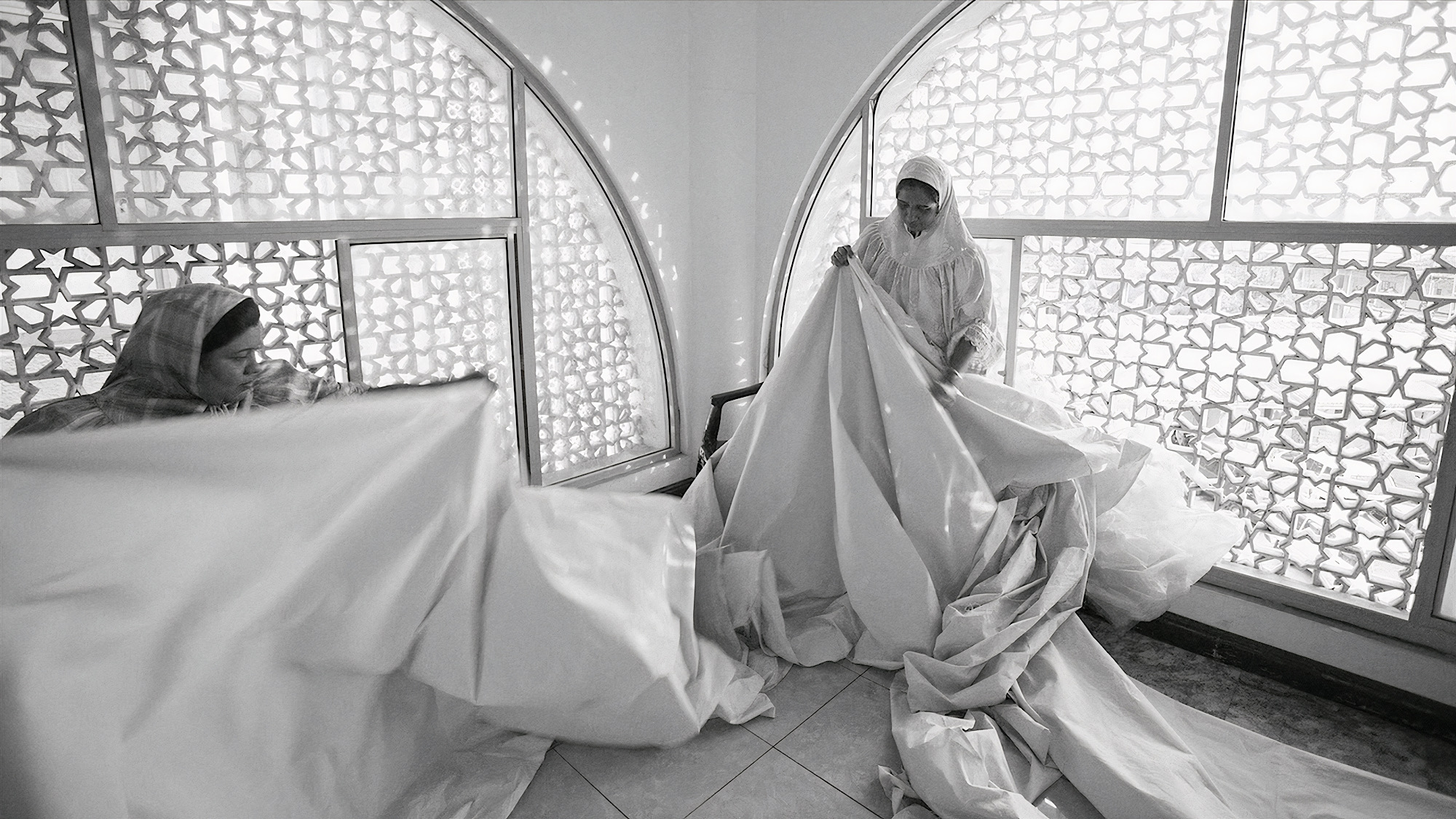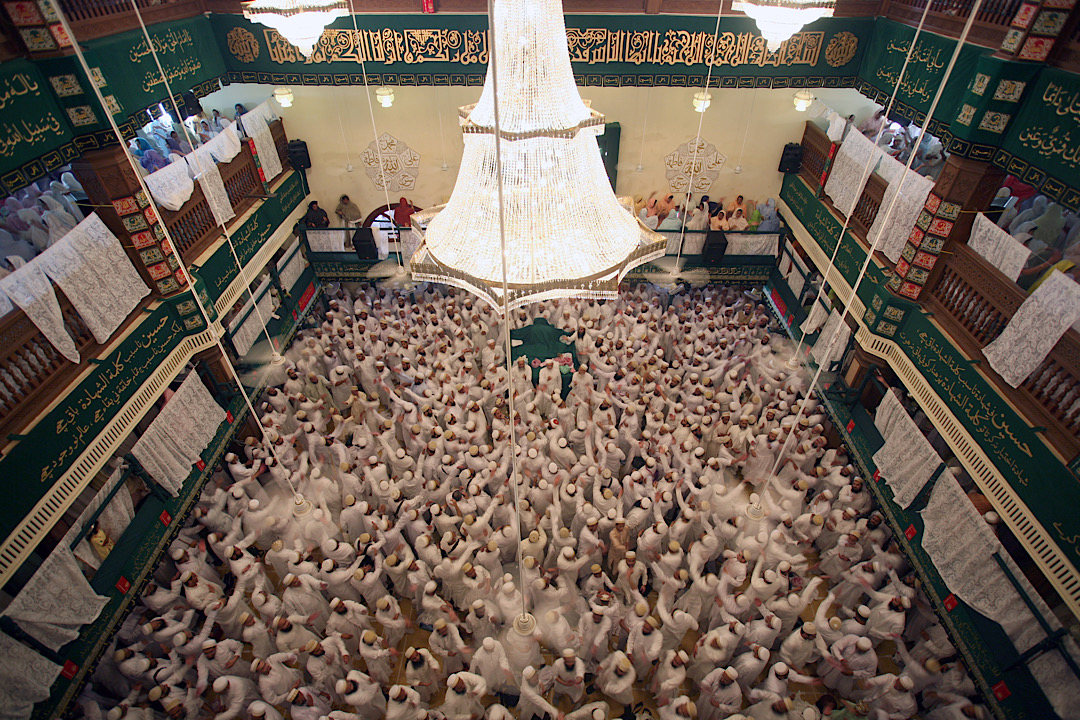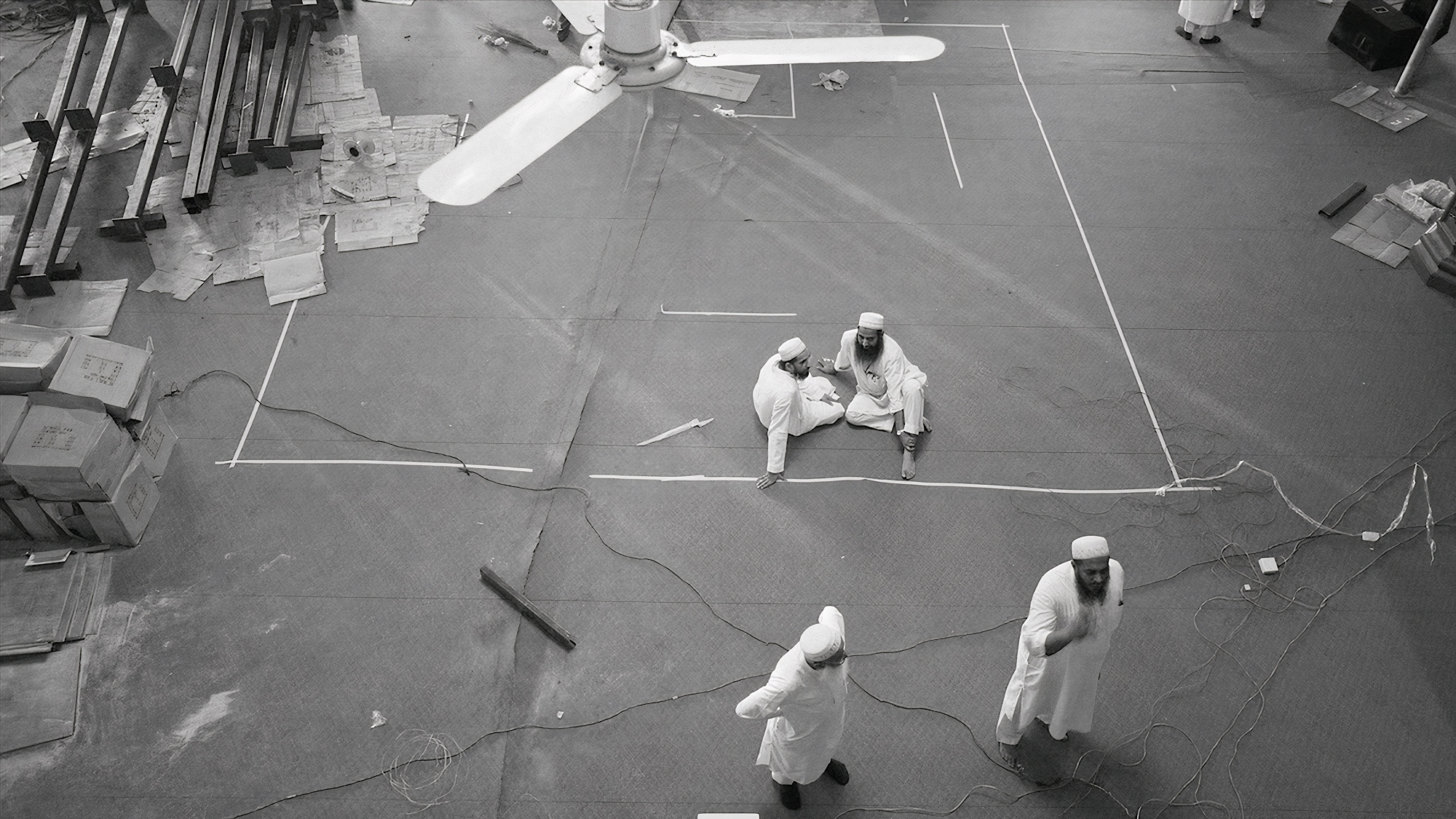The trader
Inayet Akbarally
Inayet Akbarally tells the remarkable story of his great grandfather Careemjee Jafferjee and how he became the first member of the Dawoodi Bohra community to come to Ceylon in 1830. A proud and loyal ‘Peterite’, he reflects on the days when where you went to school trumped ethnicity and even religion.


Transcript and translations
Language
Subjects discussed
Prior to that, there were no Bohras in Sri Lanka
(Sermon)
The reason how we moved out from India, especially the people from Manvi. I would…they would say they were one of the first migrants…the people from Manvi to other parts of the world. Prior to that we were mainly confined to India and other cities in India.
About 200 years ago, right, there was a severe famine in that region. No water, no food, no nothing. And many of them migrated to other parts of India. I would say mainly to Bombay and other place like Ahmedebad and those places. But a few of them who…you know Manvi is like a port, famous for making its bugalows, you know the sailing ships. And even prior to moving out of India, our forefathers used to trade. They used to go to Manvi, Maldives and Zanzibar.
Now, during one of those trips, my great grandfather, my maternal grandfather, Careemjee Jafferjee, while he was in Maldives, he had a stock of this maldive fish which he was taking back to India, the dry fish… Due to a storm, he had to divert his vessel and he landed in Galle. Prior to that, there was no Bohras in Sri Lanka.
(Sermon)
This part of what I’m telling you now is being like a… like a story told to us by our forefathers. And this is repeated every year at our sermons. When the Syednas come here, they tell you the history of the Dais, the Imams. So when we follow those their sermons, we get to learn all this you know.
Up to now, I’m listening. So you pick up. I mean, I would say most of the Bohras will know this same history, which I know.
This is the general annual festival in all these cities where our Syednas are buried, is the death anniversary for a special…like a gathering. I suppose as modern times travelling became easy, they didn’t have to travel in boats and things like that. I think mainly the modern world has made the world smaller and even our community smaller. In maybe the good old days, maybe my forefathers would have never seen the Syedna in their lifetime because, I mean, unless they went there or one of them came here. But now we see him personally.
The gathering on the vast scale, when all other Bohras from other parts of the world come here, takes place only when the head priest decides to come here.
So we welcome his visit always. And he’s taken very good care of, treated with lot of respect. And now with this new modern trend and bringing harmony within the various communities in Sri Lanka with the local Muslims, plus interact with each other to see that there is peace and harmony amongst all of us.
The last was about, say, four years, four or five years ago, right? Prior to that would have been, say, another about three or four years before that. So that’s the time my daughter did the photography for the whole ashura ceremony.






Comments
Leave a comment